The Three Levels of Phonological Awareness Development
Phonological awareness is a fundamental skill that forms the basis for early literacy development in children. In this blog, we explore the three levels of phonological awareness: early, basic, and advanced, while recognizing that children's progress may vary.

By understanding the importance of personalized support and guidance, parents, caregivers, and educators can effectively nurture each child's unique phonological awareness journey and foster a love for reading and writing. Let's take a closer look at each of these building components to see how the magic of early phonological awareness works:
1. Early Phonological Awareness
Welcome to the world of early phonological awareness, where young children embark on an awe-inspiring voyage of language discovery. Consider their lifelong relationship with language and literacy to be the delicate small brushstrokes that form the basis for a masterpiece.
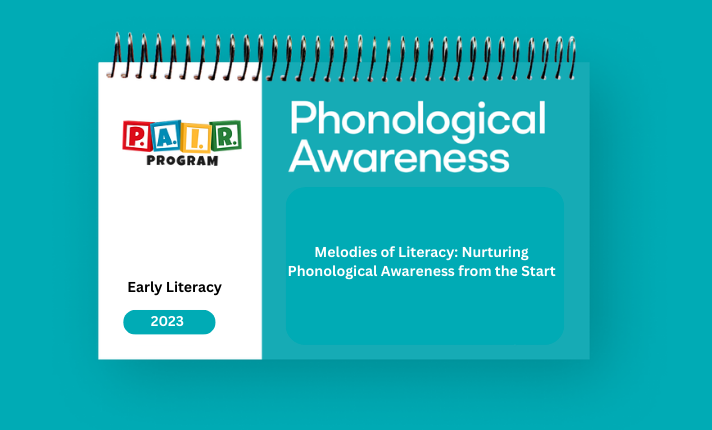
Let's take a closer look at each of these building components to see how early phonological awareness works:
i. The Building Blocks of Early Phonological Awareness:
Consider children to be architects, expertly laying the groundwork for language. They begin to understand the core aspects of spoken words at this stage—sounds, syllables, and words themselves. Conversations, reading compelling storybooks aloud, and playing language-rich games are the foundation for developing this critical skill.
ii. Counting Words in a Sentence
Each sentence is a treasure chest full of thoughts and feelings. Children discover the thrill of counting words in a sentence during early phonological awareness, unveiling the mysteries of language structure and syntax.
Sample Activity: Choose a few sentences to say to your child. For example, a sentence could be, 'The horse is big.' Tell your child to listen closely the sentence and ask how many words do they hear. Remember to model what you want them to do first. Celebrate their discoveries!
iii. Playing with Rhymes and Alliteration
As children engage in rhyming and alliteration exercises, language changes into a fun symphony of sounds. It is not only entertaining, but it also improves their phonological sensitivity by recognizing comparable sounds at the beginning or finish of words.
Sample Activity: Try a rhyming treasure hunt throughout the house, looking for objects that rhyme with basic words like "cat," "sun," or "dog." Come up with hilarious tongue twisters together to immerse yourself in the magical world of alliteration.
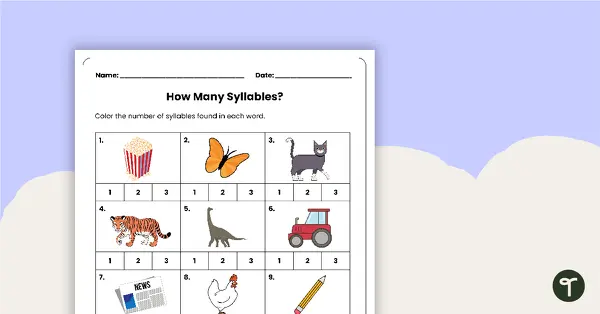
iv. Exploring Syllables
Longer words can be fun challenges for kids to tackle. They can break down these problems into digestible pieces by identifying and manipulating syllables in words, building confidence in reading and spelling.
Sample Activity: Play a clapping game with your child where you say a word and they clap the amount of syllables it has. They would applaud three times if the word "but-ter-fly" had three syllables. Make it a fun challenge by using different words. Be sure to model the expectations first.
vi. Emphasizing Onset and Rime
In the realm of words, the beginning (onset) and the rest of the word (rime) fit together like puzzle pieces to form entire words. Concentrating on this feature helps children develop phonemic awareness, which is necessary for eventual reading success.
Sample Activity: Take turns speaking words aloud, emphasizing the first sound, such as "b-b-big" or "c-c-cup." Encourage your child to participate in the game by creating their own onset and rime combinations.
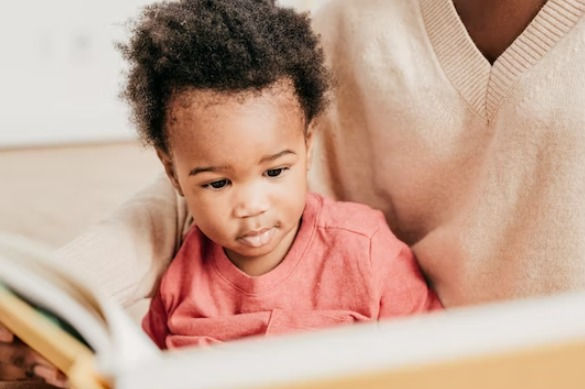
Toddlers become the architects of their own literacy expedition as they engage on the fascinating voyage of fundamental phonological awareness, establishing bridges that connect the early and higher levels of language proficiency. This transitional period provides the groundwork for their future reading and writing success. Let's take a closer look at each component of this enthralling stage:
i. Phoneme Blending
Phoneme mixing is similar to weaving a tapestry of sounds, combining different phonemes to form full words. As babies get acquainted with letter sounds, they begin to blend these sounds together, paving the way for reading fluency, in which words flow effortlessly from the page.
Sample Activity: Sound out basic words such as "cat" or "dog" and encourage them to blend the separate sounds together quickly to say the full word. For example, "/c/ /a/ /t/" is "cat." Celebrate their progress as they learn this important skill.
ii. Phoneme Segmentation
Consider words to be treasure chests, each containing a collection of valuable sounds. At this point, youngsters learn how to unlock these chests by dividing phrases down into component phonemes. This important skill serves as the foundation for spelling and decoding new words in their future reading excursions.
Unlock the power of Phonological Awareness: Elevate Your Child's Learning with the Ultimate E- Guidebook and Ignite their Success. Click here >> to secure your copy Today!
Sample activity: Choose a word and read it aloud to your child, emphasizing each sound. For example, the word "sun" becomes "/s/ /u/ /n/." Encourage your youngster to break the word down into its individual sounds. Make it a guessing game where kids try to figure out the word from the segmented noises to make it even more fun.
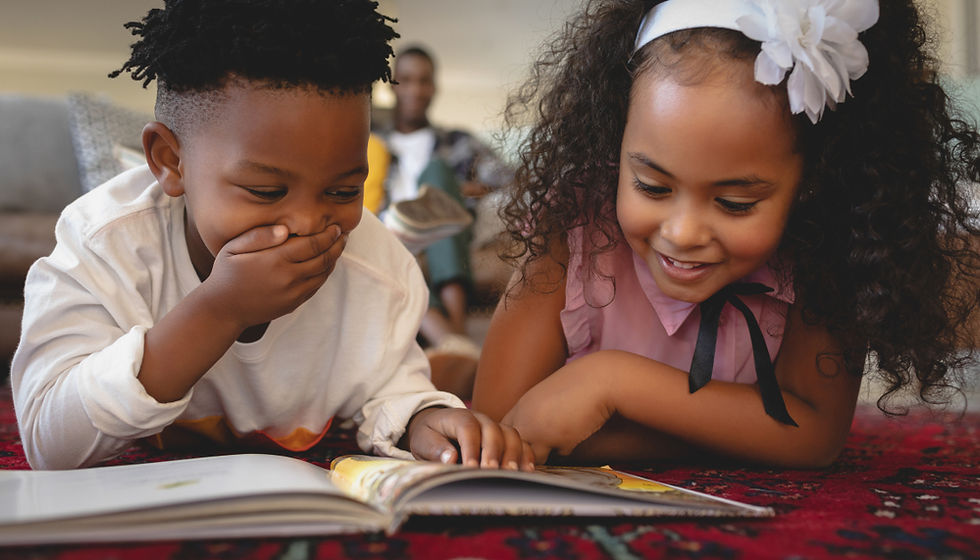
III. Continued Rhyming and Alliteration
The language playground becomes more sophisticated as children experiment with complex rhymes and alliterations. They deepen their grasp of sound patterns by participating in these activities, increasing their phonological sensitivity and creating a fine-tuned ear for language.
Sample Activity: Create a wonderful rhyming treasure hunt for your youngster by providing clues that lead to rhyming words. "Find something that rhymes with 'hat,' and wear it when it's hot outside”. Allow them to look for words like "bat" or "mat," and enjoy the fun of language exploration with them.
iv. Phonemic Fluency
As language adventurers, children gain proficiency in recognizing and manipulating phonemes in a variety of contexts. This fluency gives kids great skills for deciphering the mysteries of written language, paving the path for confident and adept readers.
Sample Activity: Say a word, such as "pin," and ask them to change one sound to create a new word, such as "win," by changing the first sound. Encourage your child to try out different words by switching or manipulating their sounds.
Advanced Phonological Awareness
Young learners evolve into adept detectives in the exciting realm of advanced phonological awareness, discovering the subtle relationships between spoken and written language. This is a stage of language mastery in which youngsters go on an adventure of discovery, inquiry, and revelation. Let's take a closer look at what happens during this enthralling stage:
i. The Detective's Precision
Children improve their phonological skills by manipulating sounds within words with the accuracy of a detective. They become experts in sound addition, substitution, deletion, and even reversal, altering words like linguistic magicians. These abilities enable individuals to deal with language with expertise and confidence.
Sample Activity: Play a phoneme manipulation game with your youngster. Give them a word, such as "cat," and instruct them to modify one sound to make a new word, such as "bat." Encourage children to experiment with other combinations and to be proud of their linguistic abilities.

ii. Sound-to-Letter Correspondence: Decoding the Code at this level, children unravel language's secret code, connecting phonemes to letters and comprehending sound-spelling correlations. The world of written word reveals its mysteries, and reading provides children with the key to unlocking a great treasure trove of knowledge.
Sample Activity: Make a letter-sound scavenger hunt for your child. Encourage children to search the house for things or images that begin with specific sounds. For instance, /b/ for "book" and /d/ for "doll." This activity helps them to deepen their connection between sounds and their written representations.
iii. Decoding and Encoding: Empowering Readers and Writers
Children who master phonological skills become brave readers and confident writers. Decoding enables individuals to read and absorb texts with ease, whereas encoding enables them to communicate their thoughts and ideas through writing.
Encourage their love of language by having them write basic phrases that include words with phonetic patterns they have learnt. Encourage your child to sound out each word and blend the sounds together so that he or she can read the sentence aloud with fluency and pride.
iv. Developing Phonemic Awareness: Eyes Closed, Ears Open
Children enter the world of words with their eyes closed and their ears wide open, identifying individual sounds without the need for visual signals. This level of phonemic awareness is essential for becoming proficient and self-sufficient readers.
Sample Activity: Play a fun phoneme discrimination game. Ask your youngster to identify whether two words have the same beginning or ending sound. For example, the words "bat" and "ball" share the /b/ sound. Honor their great sense of language nuance.
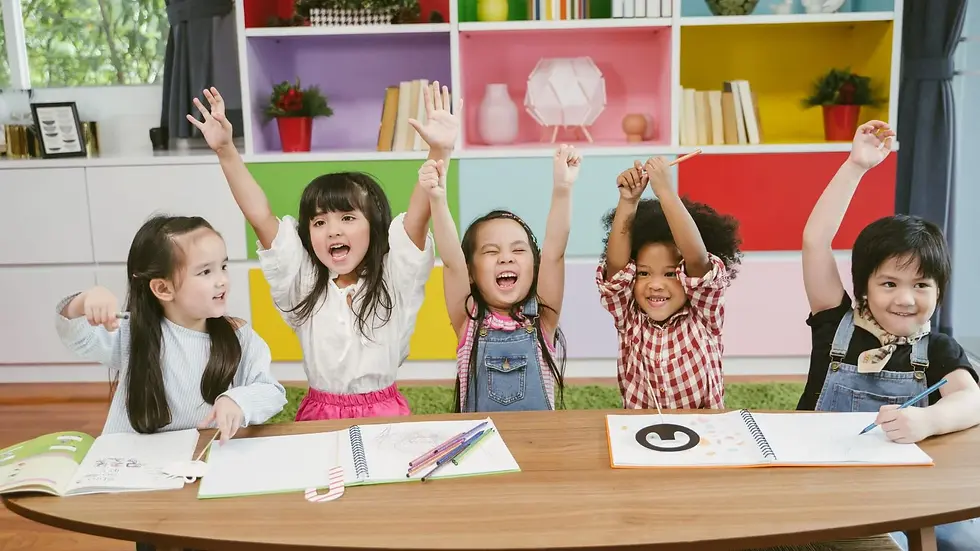
v. Fostering Phonological Independence: Fearless Explorers
At this stage, youngsters become daring explorers, reading and writing independently utilizing their well-honed phonological methods. They approach new literary realms with the assurance of language masters.
Sample Activity: Encourage your youngster to be a fearless and independent reader. Allow them to read a short tale or a picture book on their own. Remind children to use their phonological ability to decode unfamiliar words and immerse themselves in the beautiful world of storytelling.
Conclusion
Understanding the three levels of phonological awareness allows us to appreciate the diverse nature of children's early literacy development. By providing personalized support and a range of engaging activities, parents, caregivers, and educators can empower children to develop strong phonological awareness skills and cultivate a lifelong passion for literacy. Celebrating each child's progress and nurturing their unique abilities will pave the way for confident and successful readers and writers.

Comentários